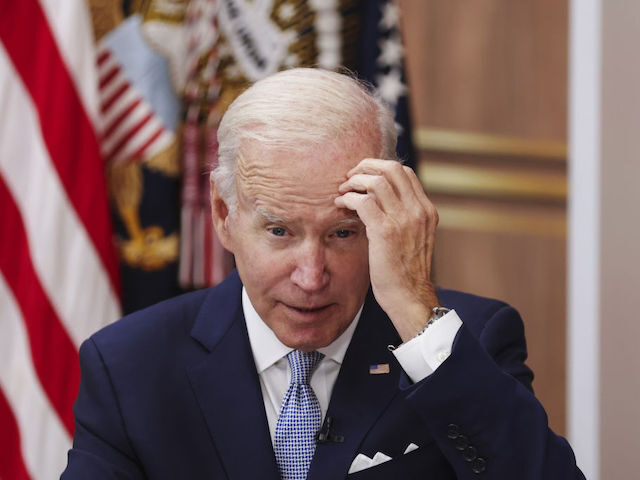Business activity in the U.S. services sector declined at the fastest pace since May of 2020, a sign that the economy could be in a recession already or teetering on the edge.
S&P Global Market Intelligence said Wednesday that its index of services activity registered 47.3 in July, up slightly from the earlier released ‘flash’ estimate of 47.0, but down from 52.7 in June.
This is the fourth straight decline in the seasonally adjusted index which had seen steep expansions earlier in the year.
“US economic conditions worsened markedly in July, with business activity falling across both the manufacturing and service sectors. Excluding pandemic lockdown months, the overall fall in output was the largest recorded since the global financial crisis and signals a strong likelihood that the economy will contract for a third consecutive quarter,” said S&P economist Chris Williamson.
Companies that reported reduced output linked it to relatively subdued demand, worsening financial conditions, and higher prices.
New orders rebounded, rising as the third quarter kicked off after a marginal decline in June. S&P Global reported that the growth in new business was attributed to the acquisition of new customers. Some businesses, however, continued to emphasize customer hesitancy amid falling purchasing power.
Domestic demand was behind the rise in new orders. Orders for export fell for the second month, an indication of weakness in the economies of our trading partners and the strength of the U.S. dollar, which makes U.S. services more expensive. Foreign tourists are reportedly spending far less than typical when they visit the U.S.
“Tightening financial conditions mean the financial services sector is leading the downturn, with a further steep rise in interest rates from the FOMC since the survey data were collected likely to intensify the downturn. Higher interest rates, alongside the ongoing surge in inflation, have meanwhile spilled over to the consumer sector, meaning the surge in household spending on goods and activities such as travel, tourism, hospitality and recreation seen in the spring has now moved into reverse as household spending is diverted to essentials,” Williamson said.
Inflationary pressures remain high by historical standards but are easing from recent highs. none the less, the rate of inflation was quicker than any seen before May 2021. Cost burdens for services business increased markedly but at the slowest pace since January.
Much of those costs are being passed on to customers, pushing up prices for U.S. services at a historically fast pace. “Mirroring the trend for input prices, however, the rate of selling price inflation eased to the slowest since March 2021,” the report noted.
“The flip side of deterioration in demand is a welcome alleviation of price pressures, which hint at a peaking of inflation,” Williamson said.
Services business continued to add workers in July but the pace of job creation was the slowest since January. Some businesses have begun not to fill vacancies left by workers who quit for other positions as a way of reducing headcount.
“Although employment continued to rise in July, the rate of job creation has also slowed sharply since the spring and looks set to weaken further in the coming months as firms cut operating capacity in line with weakening demand,” Williamson said.
Expectations regarding output in the year ahead weakened during July, with confidence falling to its lowest since September 2020. S&P said this decline was related to inflation and wider economic conditions dampened optimism.
A separate report from the Institute of Supply Management agreed that employment and orders rose in July. The ISM report, however, saw production unexpectedly rising. Supplier deliveries, the fourth component of its index, also rose. As a result, the ISM Purchasing Managers Index rose in July, suggesting that the services sector grew at the fastest pace in three months. Economists had expected the index to decline.

COMMENTS
Please let us know if you're having issues with commenting.